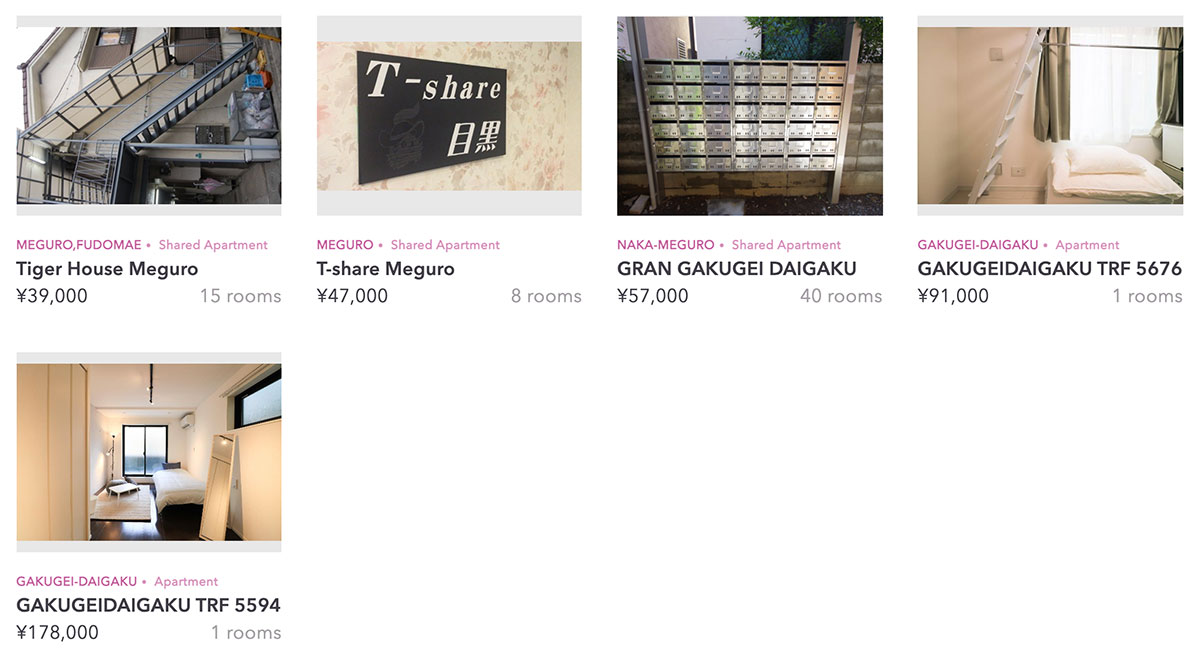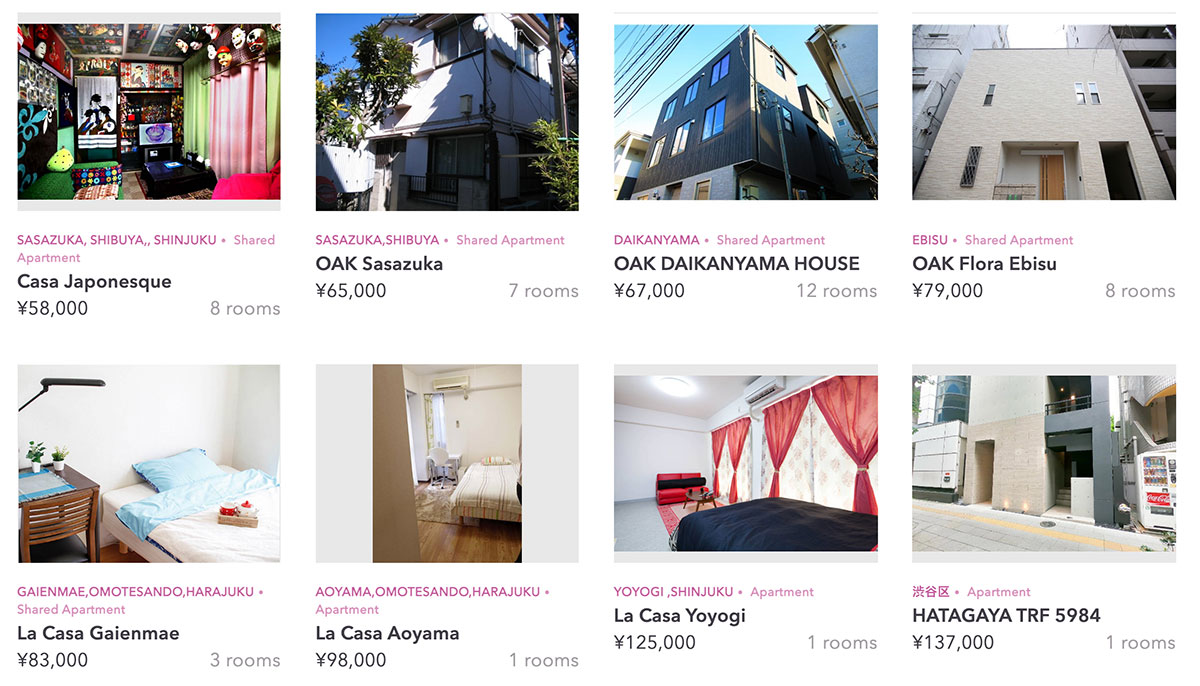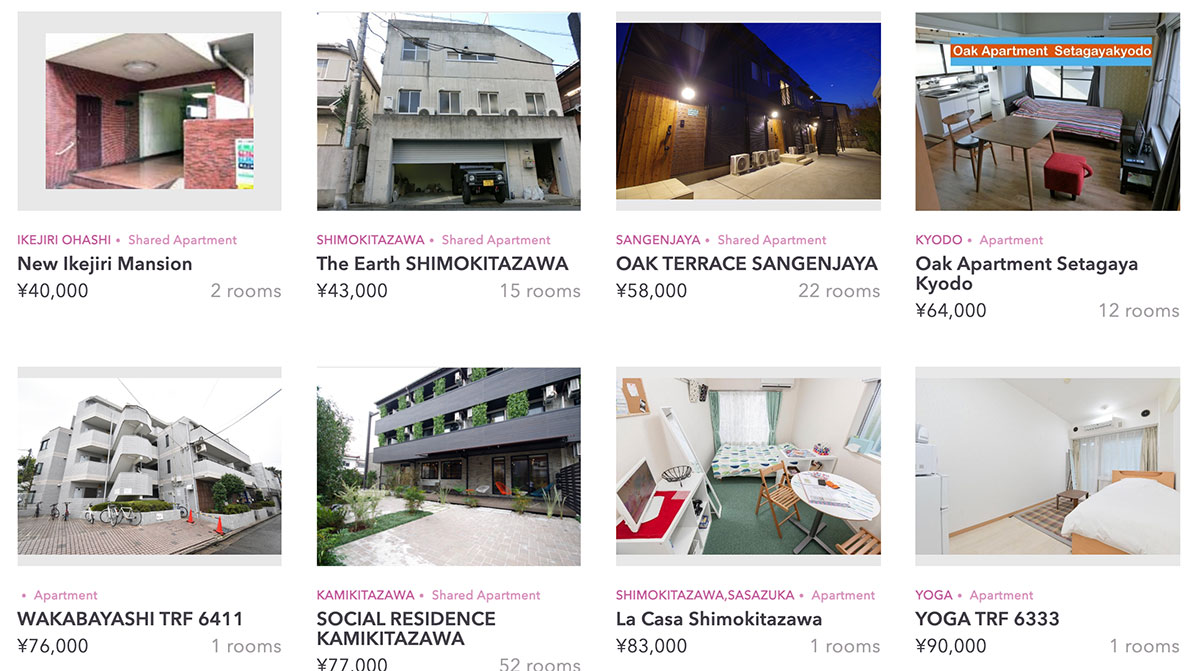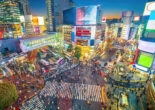An outline of seven of the best cafe hotspots in Tokyo, rating them based on their cost of rent, their convenience and, of course, their cafe culture!
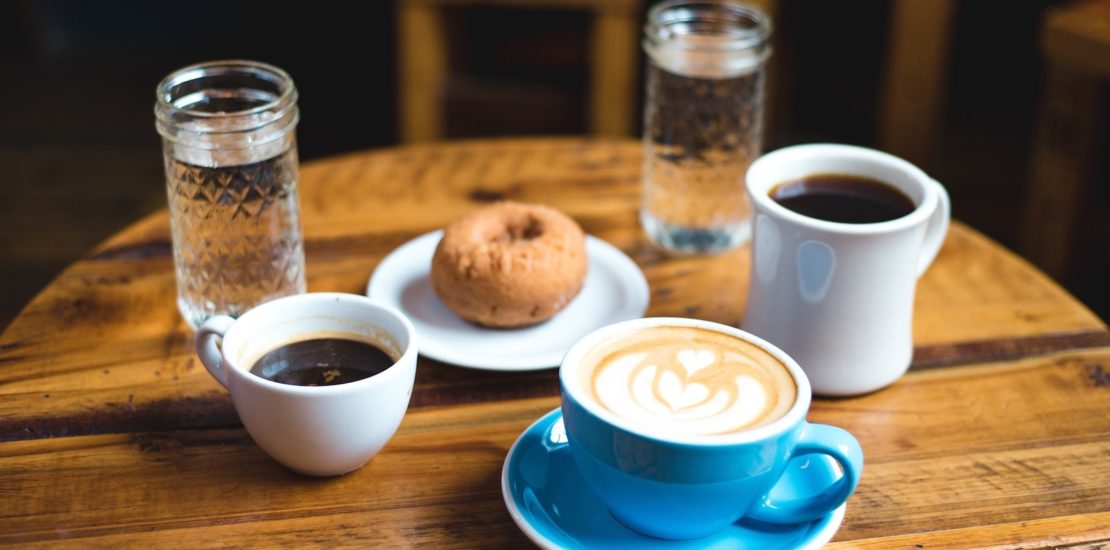
There are many factors to consider when deciding where to live, but if you love cafes as much as I do, then cafe culture is also one of them. This article gives an outline of seven of the best cafe hotspots in Tokyo, but also discusses how livable they are (read to the end to see my top pick!)
I have rated each location based on three C’s (not those three C’s):
- Cost — how high the rent is
- Convenience — how close it is to central Tokyo, in particular to a major station like Shinjuku or Shibuya
- Cafe Culture — what cafes are available, the type of cafes (chain or not) etc
Jiyugaoka
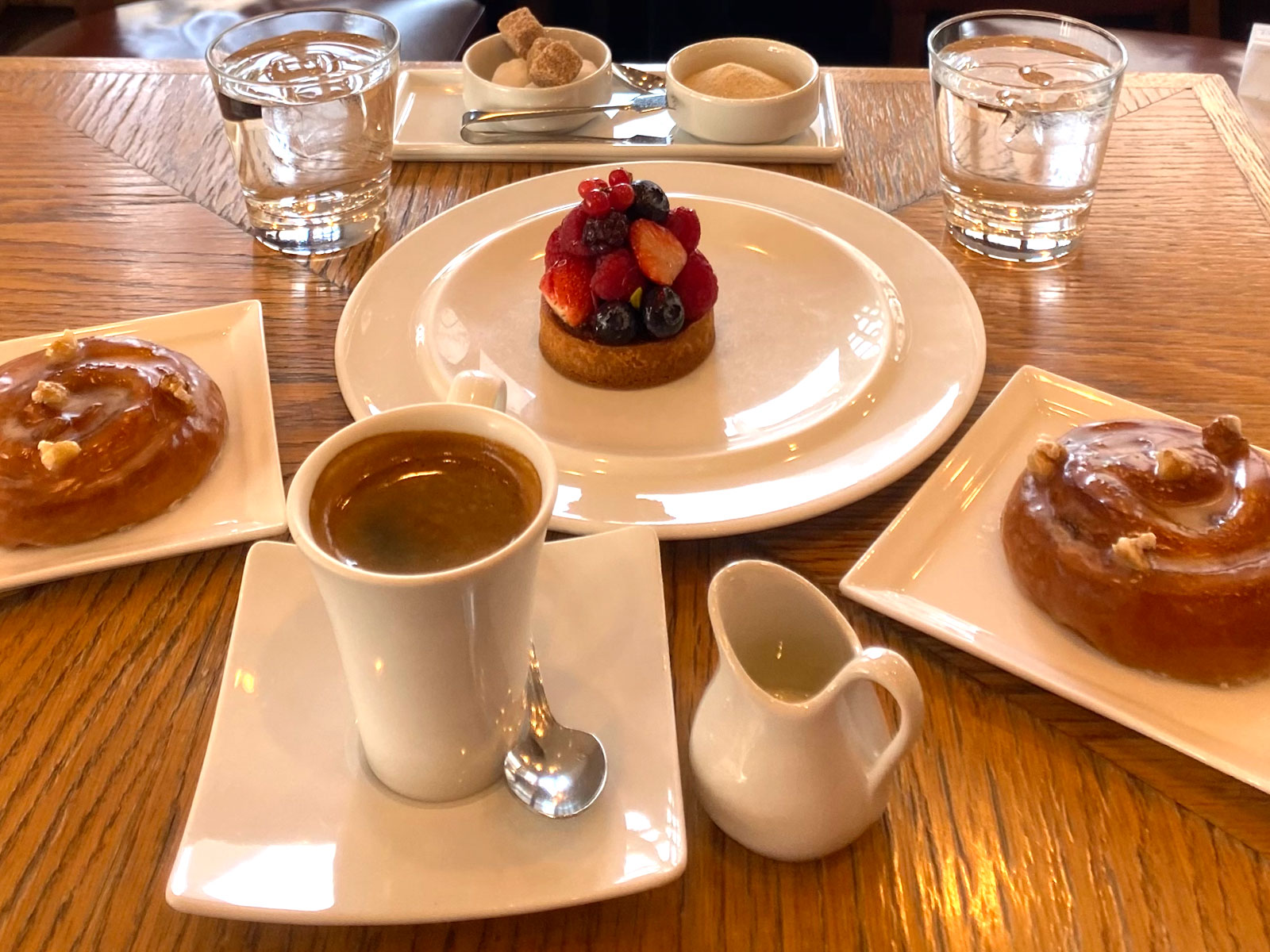
Cost $$: Jiyugaoka is a trendy area, which means the cost for rent is a little higher than some areas on this list, however it’s still cheaper than more centrally located places.
Convenience 6/10: It only takes 12 minutes to get to Shibuya, although the Tokyu Toyoko Line can be very crowded during morning commutes.
Cafe Culture 7/10: (But 10/10 if you love sweets) Jiyugaoka is famous for its cafes, in particular those serving sweets. It boasts the only dine-in location for Bake Cheese Tart and the cafe Mont-Blanc, which is credited with being the first cafe in Tokyo to serve the delicious mont-blanc pastry.
The crown jewel, however, is the Jiyugaoka Sweets Forest, a sweets amusement park with each stand selling a different kind of dessert. You can get french tartes, fruit jelly balls from Hong-Kong and Japanese “purin”, all at the same place!
Conclusion: Jiyugaoka is a nice place to live, with good access to grocery stores and a short train ride to central Tokyo. The only problem is that you’ll constantly want to eat the delicious desserts available on every street corner. While living there, I ate too many cheese tarts to count…
Check out our apartments in Jiyugaoka
Nakameguro
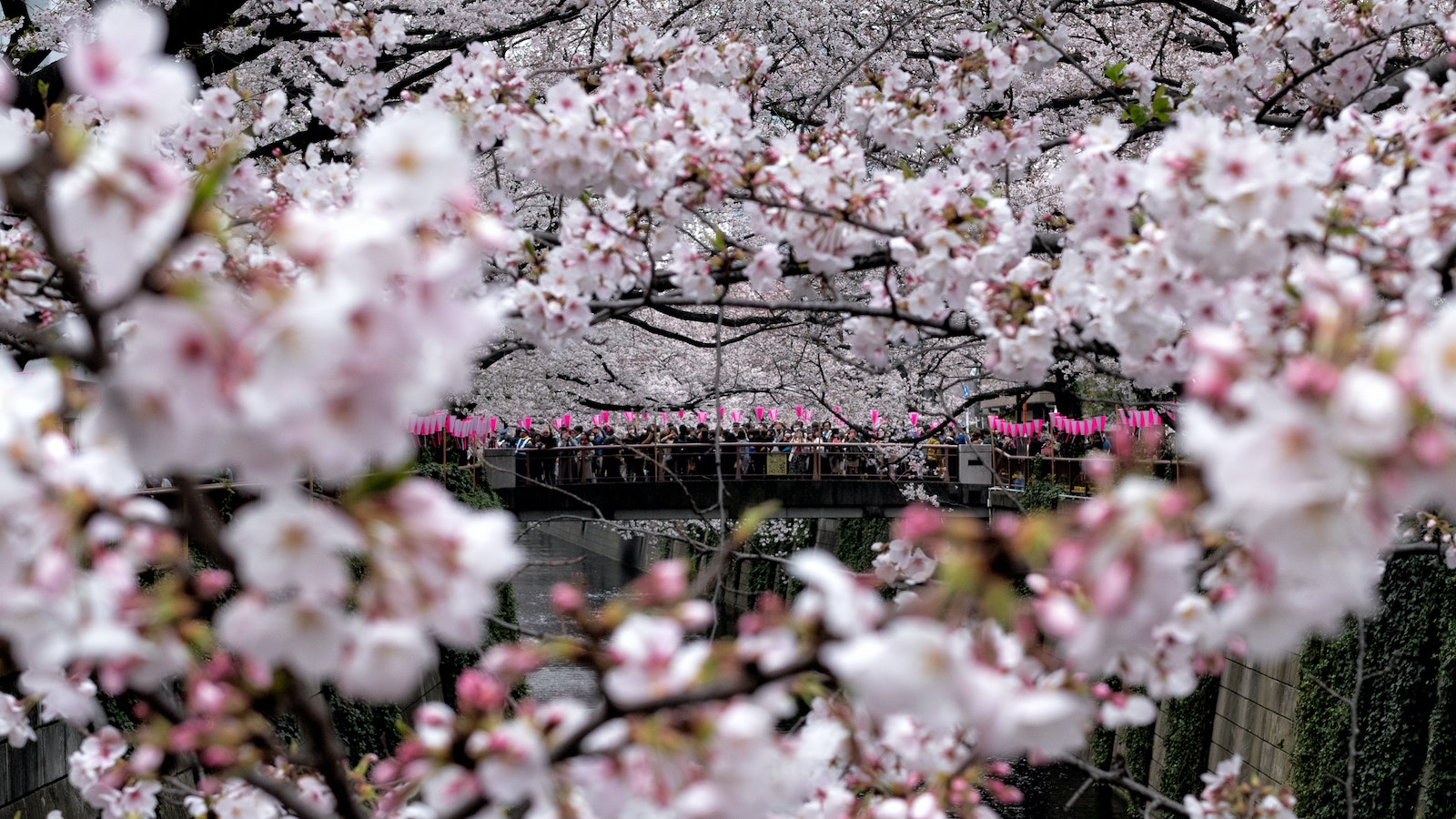
Cost $$: Since the area is very fashionable and quite central, Nakameguro is also pricey, however, the farther from the station, the cheaper the rent gets.
Convenience 7/10: It takes 3 minutes to get to Shibuya on the Tokyu Toyoko Line.
Cafe Culture 8/10: Nakameguro runs along the Meguro river, which is gorgeous during cherry blossom season. A year ago, the world’s biggest Starbucks Reserve Roastery opened along the Meguro river, with a view over the cherry trees. There are many other cafes around as well, including the T-Site, where you can sip your (again Starbucks coffee) while perusing books from the Tsutaya bookstore. For those looking for non-chain cafes, Onibus Coffee, Sidewalk Stand and Under the Mat are also worth a visit.
Conclusion: Nakameguro is a fun, fashionable area full of cafes and is a peaceful place to live. The river makes for a nice stroll, with lots of greenery, and despite the crowds, it is stunning in the spring when the sakura are in full bloom.
Daikanyama

Cost $$$: one of the most expensive areas in Tokyo.
Convenience 10/10: It’s only one stop to Shibuya, so close that you could probably just walk. However, the only train line in Daikanyama itself is the Tokyu-Toyoko line.
Cafe Culture 10/10: With well-known joints like THE COFFEESHOP, and an enormous T-Site where you can sit and read with your coffee in hand, it would be remiss not to mention Daikanyama. If you enjoy artisanal coffee in fancy cafes, then this location is for you.
Conclusion: An even more upscale version of Nakameguro, Daikanyama is only for the most affluent of cafe fans. It’s a nice area to visit, but unfortunately, not an easy place to live.
Check out our apartments in Daikanyama
Harajuku/Omotesando
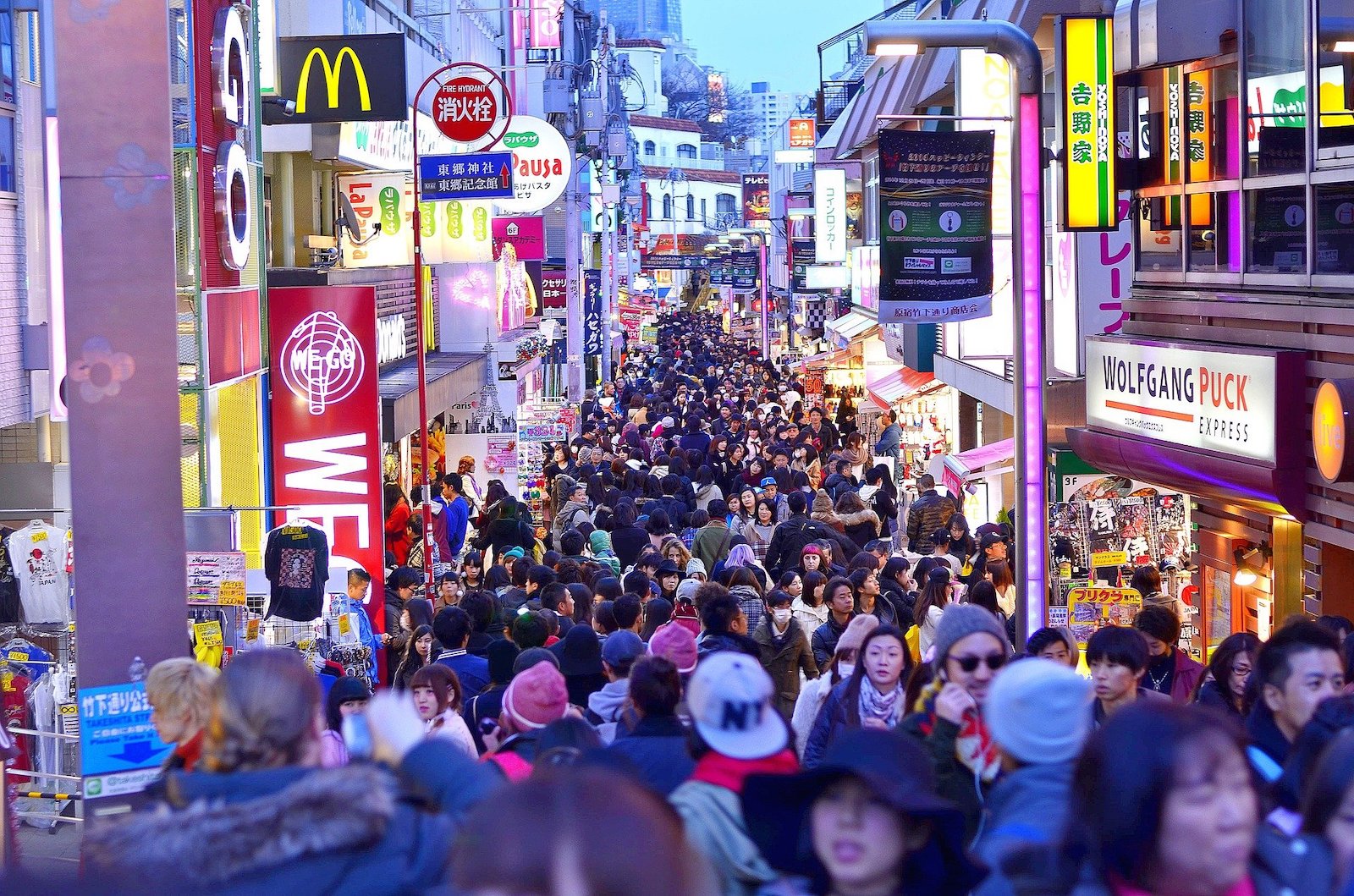
Cost $$$: (+$$$, it’s Harajuku)
Convenience 10/10: 2 minutes to Shibuya on the JR, with connectivity to the Chiyoda and Fukutoshin lines. However, the stations are always crowded, because again, it’s Harajuku.
Cafe Culture 10/10: A constantly changing landscape of cafes ranging from tourist traps, to fashionable eateries, to the downright bizarre (Kawaii Monster Cafe), Harajuku has a cafe for everyone. With Omotesando right next door, living here, you would never run out of cafes to visit.
Conclusion: The Harajuku/Omotesando area is a cafe-lovers paradise. The only drawback is that it’s a world-famous location. So the area is crowded with tourists. Also, most apartments in the Harajuku/Omotesando area are prohibitively expensive. Finally, the area doesn’t have many useful stores for daily life, like grocery stores, and pharmacies. But if I had the cash (and perhaps a food delivery service), then I would rent in this area in a heartbeat.
Kagurazaka
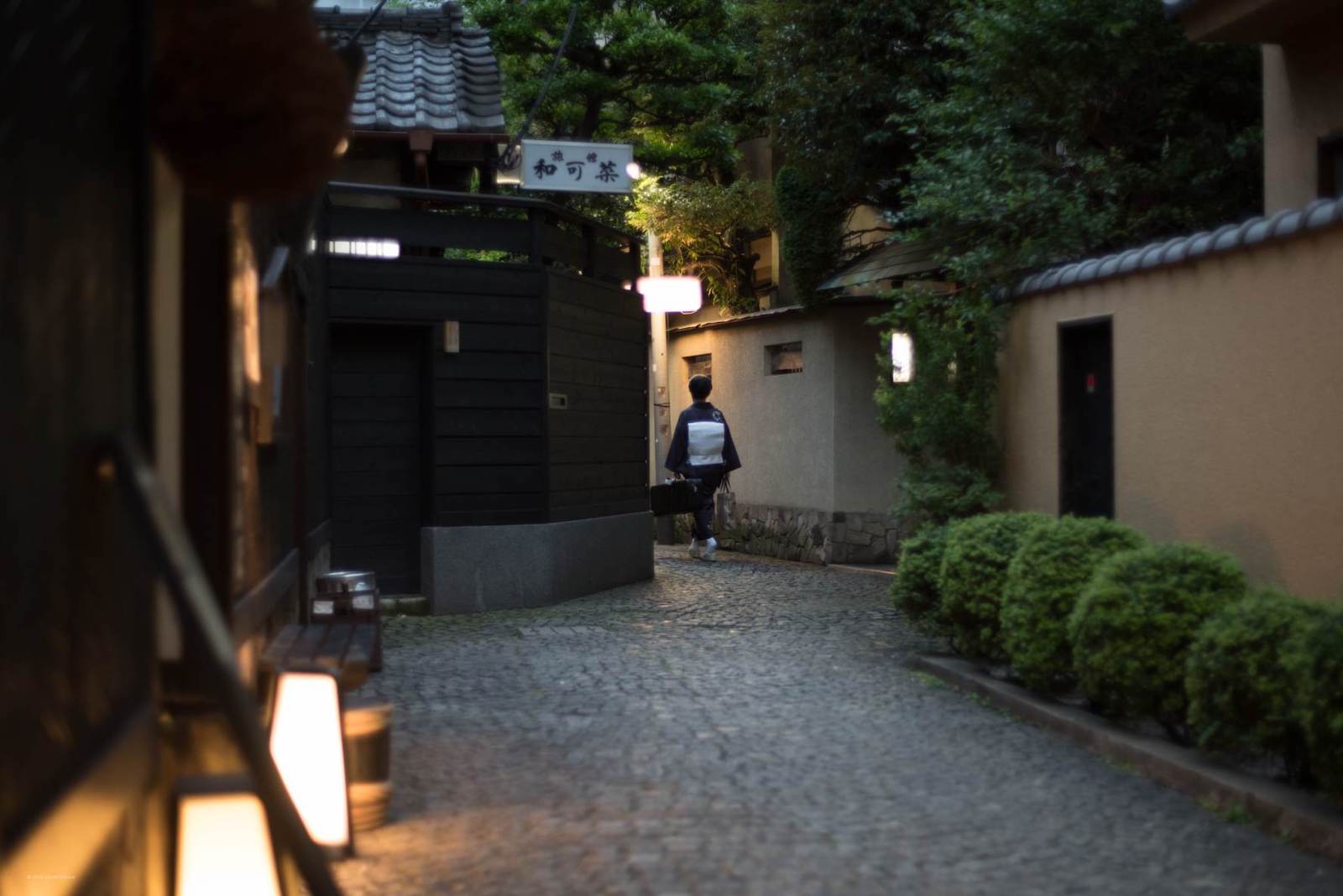
Cost $$: an area popular with wealthy internationals.
Convenience 7/10: Iidabashi station, the station closest to Kagurazaka, is served by many train lines, including the Chūō-Sōbu Line, Tōzai Line, Yūrakuchō Line, Namboku Line, Toei Ōedo Line. It takes 9 minutes to get to Ikebukuro, 12 minutes to get to Shinjuku.
Cafe Culture 8/10: (10/10 if you especially like French cafés), a popular spot for foreigners, particularly those with French backgrounds, Kagurazaka is like a cross between Paris and Kyoto. Along the main shopping street, speakers play French chansons, while you browse traditional Japanese handicraft stores and French Boulangeries. Side alleys offer a maze of cozy cafes with a Parisian atmosphere. You can also find French food chains like Paul and Picard.
Conclusion: A great area for aficionados of French culture. Also nice if you want your kids to attend an international school/experience international culture.
Shimokitazawa
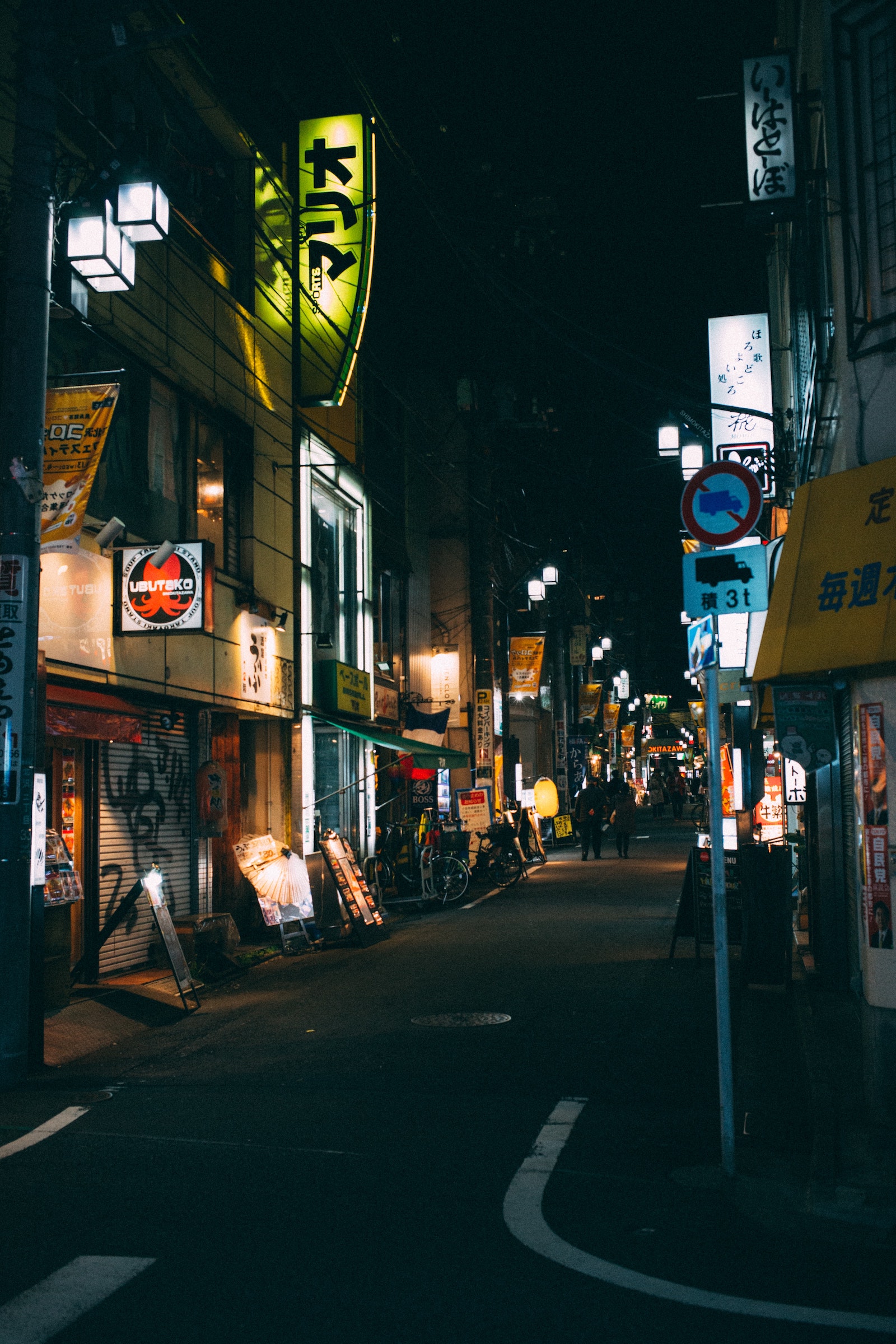
Cost $$: a trendy, artsy area, so increasingly expensive.
Convenience 7/10: it is serviced by the Odakyu Line (7 minutes from Shinjuku) and the Keio-Inokashira Line (4 minutes from Shibuya on the express).
Cafe Culture 7/10: Shimokitazawa has many great cafes. My favourite is Shirohige’s Cream Puff Factory, which has adorable Totoro shaped cream puffs.
Conclusion: Shimokitazawa is a trendy area, with plenty of unique cafes. It is also famous for its thrift shops, so if thrifting is your thing, this may be the place for you. However, the location’s recent surge in popularity has also driven up the costs of renting there. Other stations along the Keio-Inokashira line may be cheaper, but are still close enough to enjoy the same atmosphere.
Check out our apartments in Shimokitazawa
Kichijoji
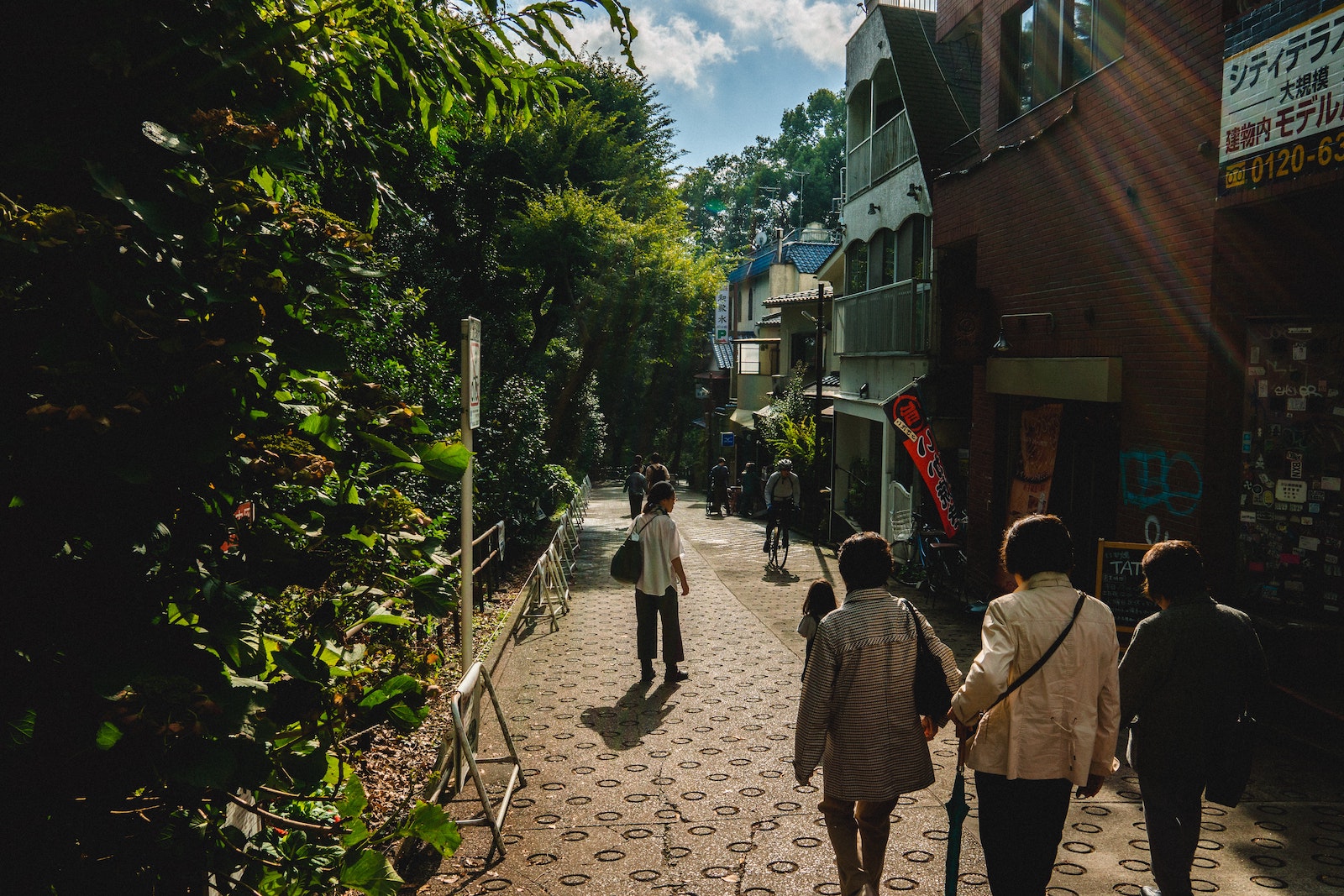
Cost $: Kichijoji is outside of central Tokyo, which decreases the cost of rent, although it is pricier than areas around other stations on the same lines.
Convenience 5/10: it is served by the Chūō Line, the Chūō-Sōbu Line, the Tōzai Line and the Keio-Inokashira Line. It takes 15 minutes to get to Shinjuku, the longest commute on this list, but not that long.
Cafe Culture 10/10: Kichijoji has too many cafes to count. One of my favourites is Cafe Lumiere, which makes kakigori (shaved ice), covers the ice in meringue, then lights the meringue on fire!
Conclusion: With a nice balance of cost, connectivity and cafes, Kichijoji is the most livable area on this list. When I visited, it also gave off a magical, Ghibli-like atmosphere, perhaps because of its proximity to the Ghibli Museum and Inokashira park. Apparently the rest of Japan agrees with me, as every year since the 1990’s Kichijoji has been voted the number one place to live in Japan in polls run by the magazine CNN GO. While Kichijoji is so well-known, causing its prices to rise, the neighbouring stops along the Chūō and Inokashira Lines offer the same relaxed atmosphere and easy access to the cafe hotspots at an even lesser cost.
Related Articles
2024 Tokyo Area Rent Guide: A Complete Resource for Foreigners
Warning: Undefined array key "sfsi_threadsIcon_order" in /home/veremosglobal/tokyoroomfinder.com/public_html/blog/wp-content/plugins/ultimate-social-media-icons/libs/controllers/sfsi_frontpopUp.php on line 165
Warning: Undefined array key "sfsi_blueskyIcon_order" in /home/veremosglobal/tokyoroomfinder.com/public_html/blog/wp-content/plugins/ultimate-social-media-icons/libs/controllers/sfsi_frontpopUp.php on line 170
Warning: Undefined array key "sfsi_bluesky_display" in /home/veremosglobal/tokyoroomfinder.com/public_html/blog/wp-content/plugins/ultimate-social-media-icons/libs/controllers/sfsi_frontpopUp.php on line 266

